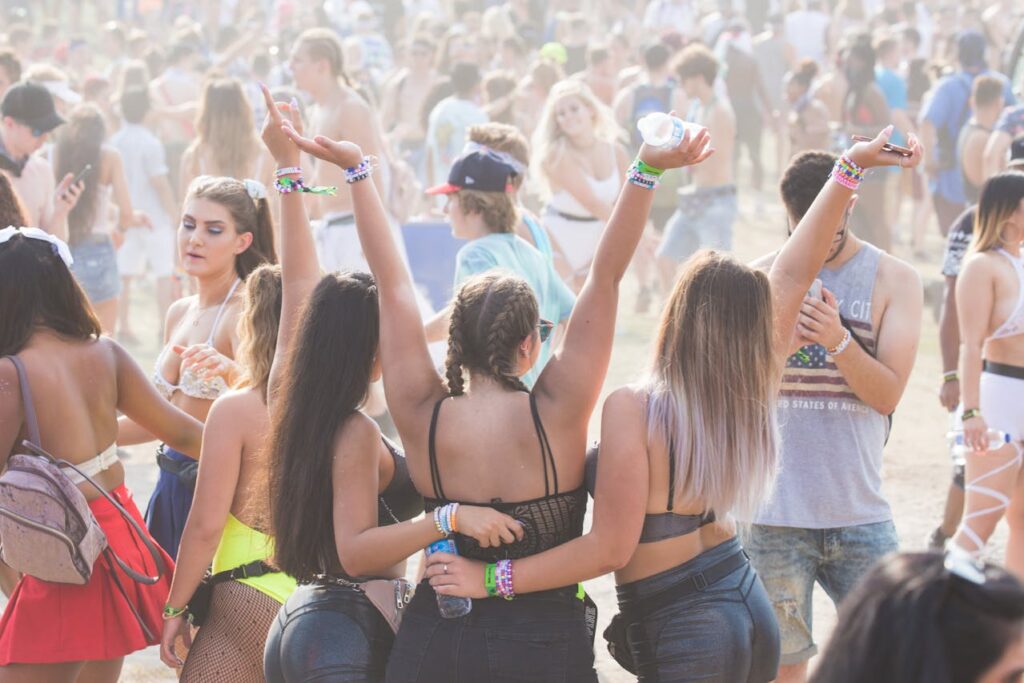Influencer marketing has evolved into one of the most potent tools in digital marketing today. The idea is simple: brands partner with individuals who have large social media followings to promote products or services. Done right, it can drive awareness, boost sales, and build strong brand loyalty. But when done poorly, influencer marketing can backfire spectacularly, damaging not only the brand’s reputation but also eroding consumer trust. The European market, with its varied cultural nuances and regulations, presents unique challenges that many companies still struggle to navigate.
In this op-ed, we’ll delve into some of the key mistakes brands have made when using influencers to market their products in Europe. While influencer marketing often holds the promise of reaching an expansive audience, improper execution can lead to significant brand damage. Through a few key European cases, we’ll explore the consequences of poor influencer marketing strategies and how they can go wrong—particularly when transparency, cultural understanding, and strategic alignment are overlooked.
5WPR Insights
Case Study 1: The Luxury Fashion Fiasco – A Misaligned Influencer Partnership
One of the more glaring examples of influencer marketing gone wrong in Europe was the collaboration between a major luxury fashion brand and a group of influencers that lacked any true connection to the brand’s ethos or audience. In 2020, a prominent Parisian luxury fashion brand launched an influencer campaign targeted at promoting its high-end handbags. The campaign involved influencers from various parts of Europe, including some with large followings in the United Kingdom and France. However, the problem arose when the brand partnered with influencers who had questionable connections to the fashion world, with many of them being known primarily for their lifestyle content rather than fashion expertise.
The influencers—who were largely lifestyle bloggers—posted photos of themselves holding the luxury handbags at trendy locations like restaurants and private parties, all designed to present an aspirational lifestyle. However, the influencer’s audiences, particularly in France and the UK, were not convinced. The disconnect between the influencers’ typical content (which often involved food, travel, or fitness) and the brand’s luxurious, high-fashion positioning made the campaign feel inauthentic. Followers voiced their frustrations across social media, pointing out that the influencers were out of touch with the brand’s target market and that their promotion of the products felt more like an advertisement than a genuine endorsement.
The backlash was swift and public. Luxury fashion aficionados began criticizing the brand for “watering down” its prestigious image by associating with influencers who lacked credibility within the fashion community. Worse still, many of the influencers involved were not seen as experts or authorities in the fashion space, thus making their endorsements feel opportunistic rather than genuine. This led to a situation where the influencers’ credibility was called into question as well, leaving both the influencers and the brand to contend with consumer distrust.
What Went Wrong?
The primary mistake here was the lack of alignment between the influencers’ personal brands and the luxury fashion brand’s identity. When working with influencers, it’s crucial to partner with individuals whose image resonates with the brand’s values, ethos, and target demographic. In this case, the brand failed to establish a meaningful connection between the influencers and the product they were promoting. Influencer marketing thrives on authenticity, and the failure to consider whether the influencers genuinely represented the brand led to disillusionment from the target audience.
Additionally, the campaign lacked clear targeting. The brand targeted influencers with large followings, but many of these followers were not interested in luxury fashion or high-end accessories. Some of the influencers had been associated with fast-fashion brands in the past, further complicating the message.
The Lessons to Be Learned
This misstep highlights the need for thorough research and strategic alignment when selecting influencers. Luxury brands must ensure that their influencers are deeply embedded within the fashion world and have credibility among the right target audiences. If a brand is targeting a specific demographic, it’s essential to ensure the influencers have an authentic relationship with that audience, rather than simply boasting high follower counts.
Brands must also keep cultural and regional nuances in mind. A campaign that may work in one European market might fall flat in another due to differences in consumer behavior, fashion trends, or social media preferences.

More PR Insights
Media Embargoes Explained: A PR Pro’s Guide To Getting It Right
How To Build A Story Pipeline For Consistent Content Creation
How To Create A Press Room That Attracts Media And Builds Trust